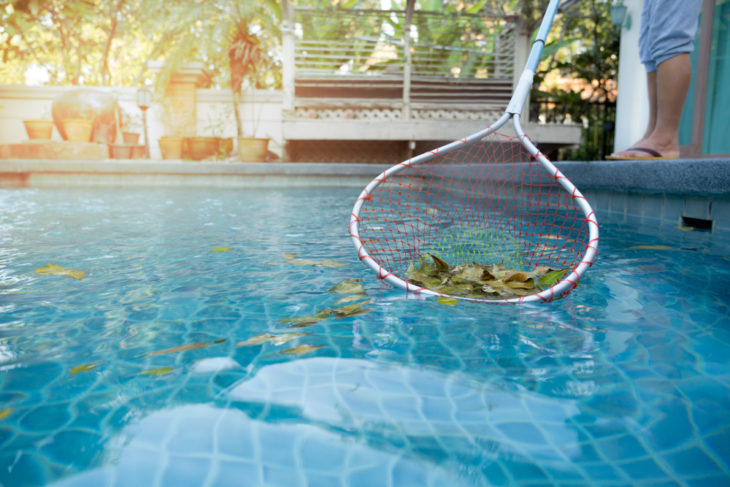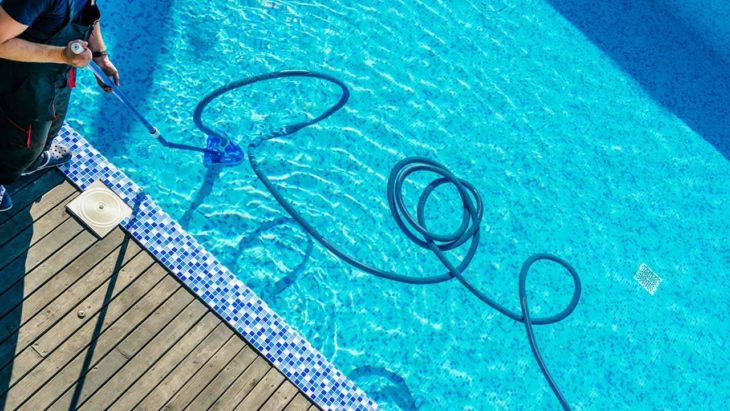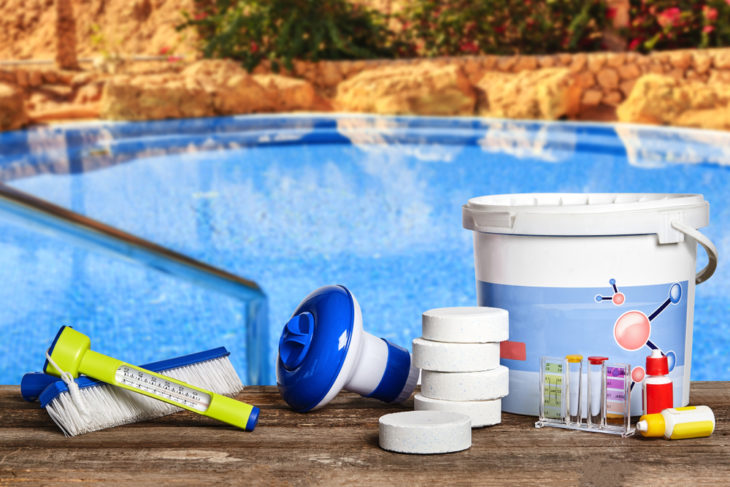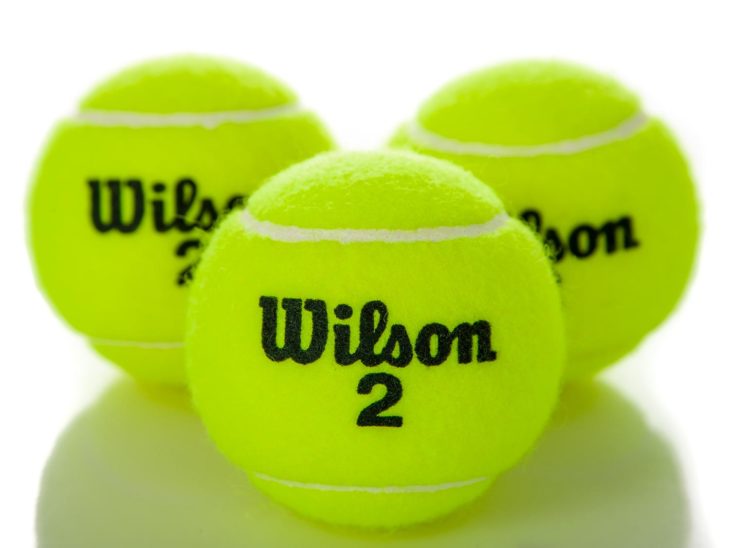Having a swimming pool at home during the warm months can be extremely useful. This is especially true if you have children since it will provide a perfect way for them to spend some time outside, get the needed exercise, and they can relax outside without getting overheated. But, there is one side of having a pool that is not that fun – the maintenance.
Although there are companies that can help with cleaning, their services can come with an expensive price tag. If you choose a full-service package/contract, it can cost you more than 100 dollars each month. However, there is something you can do that can save your budget – choose to maintain it by yourself.
If you are thinking of maintaining your swimming pool by yourself, you might not know where to begin. But, fear not, this article might be helpful for you! The text below features some of the best DIY maintenance tips and tricks that you can follow if you are a beginner. Let’s take a closer look at the article:
Contents
1. Get Used to Collecting Debris And Clearing The Walls Regularly

Source: Shutterstock
Collecting the rubble – also referred to as skimming – from the surface is a necessity, however, it does require repeating. And, if your goal is for it to be truly clean, you must skim it every day. Of course, you might be able to make things easier by purchasing a robotic vacuum cleaner that can easily swipe the bottom instead of you.
Besides regularly cleaning the rubble, you must also clear the walls, which in return, hinders algae and bacteria from building up. Now, this does not have to be done frequently, but you might want to clean the walls every week. If you are unsure where to begin, simply search for growth/dirt on the walls, take a brush, and you’ll take care of it.
2. The Filtration System is The Kidney

Source: Freizeit, Haus und Garten
As you already know, our kidneys remove any bad substances from our bodies, and, this is exactly what the filtration system does as well. It is basically in charge of purifying the water by removing sand, leaves, debris, and sometimes, some small toys. But, you should know that the filter needs cleaning as well.
It is simple to do this and all you will need to do is remove the top located somewhere around the deck, lift the compartment inside, throw away any collected debris/dirt, and you are finished! If you want the system to work to its full potential, clean it each week, especially during summer. Another thing that you should clean are the pipes and you can do this by turning on something that is called “backwashing”.
To do this, choose the option “backwash”, take out the compartment inside, and clean it. Then, switch on the system and let it work until it starts ejecting clean water. Another thing that you should remember is that you should not turn it on/off all the time since it can damage the filter. Hence, set a timer and allow it to run from 6 to 8 hours daily.
3. A Saltwater Chlorinator Can do Wonders

Source: Shutterstock
As the name implies, this device uses normal salt that you use in your kitchen (sodium chloride), as its main ingredients to produce chlorine. Then, the device uses the chlorine to sanitize and clean your swimming pool. Now, you should know that not all of them are the same, hence, there are some things that you should consider.
Firstly, think about the type you have, as well as the size, otherwise, it will not be efficient. Also, think about if you want the device to have any additional features that can aid with cleaning it even further. If you are interested in seeing the best ones you can choose, check out Discount Salt Pool for more information.
4. Check The Chemical Levels For Consistency

Source: Your Home Inspector
Without any question, the chemical levels of your water is a thing that is crucial for maintaining it. If the water inside is not properly balanced, it will look murky, it can cause excessive bacteria build-up, and it will easily irritate both the skin and eyes. If possible, you should check the chemical levels every week and here are some chemicals that you should consider:
– Chlorine – which can be balanced by the previously mentioned device.
– Cyanuric Acid – that will protect the substances from the sun. The levels should be around 30 to 50.
– Total Alkalinity – it balances the PH and it needs to be from 60 to 120.
– Acidity – also referred to as the PH amount, you should keep it from 7.5 to 7.8 to stop it from irritating.
– Calcium Hardness – which will hinder plaster damage. It should go from 220 to 350.
Now, you might be wondering – how in the world can I test the chemical levels? Well, you should use a testing kit. All you will have to do is place the water in the vials of the kit, close them, and wait a few moments. The placed water will then change its color, hence, you can compare it to the instruction that comes with the kit, meaning that you can know if it is unbalanced.
5. If There is Oil in Your Pool, Use a Tennis Ball to Collect it

Source: Archivio Rino Carrara
If you ever saw a tennis ball floating on the surface of the pool, it was not used to play catch. Instead, it was placed there to absorb the oils that might have gotten into your pool. When people exit the pool, specific oil can be left behind – oils from the sun cream, hair products, or the natural oils that our bodies make.
While it is uncomfortable to think about it, there is an easy solution to this problem. Simply purchase a new tennis ball and throw it in the water. The materials used to make the tennis all will easily and efficiently take in all the oils, and it will keep them from entering the water again.
Conclusion
By following the five tips and tricks from the article above, you can make the entire process of maintaining your pool easier, less time-consuming, as well as less overwhelming for yourself. Hence, now that you know how you can clean your pool without professional help, do not waste any more time, and start thinking about what you might need to purchase to keep your pool crystal clean!
